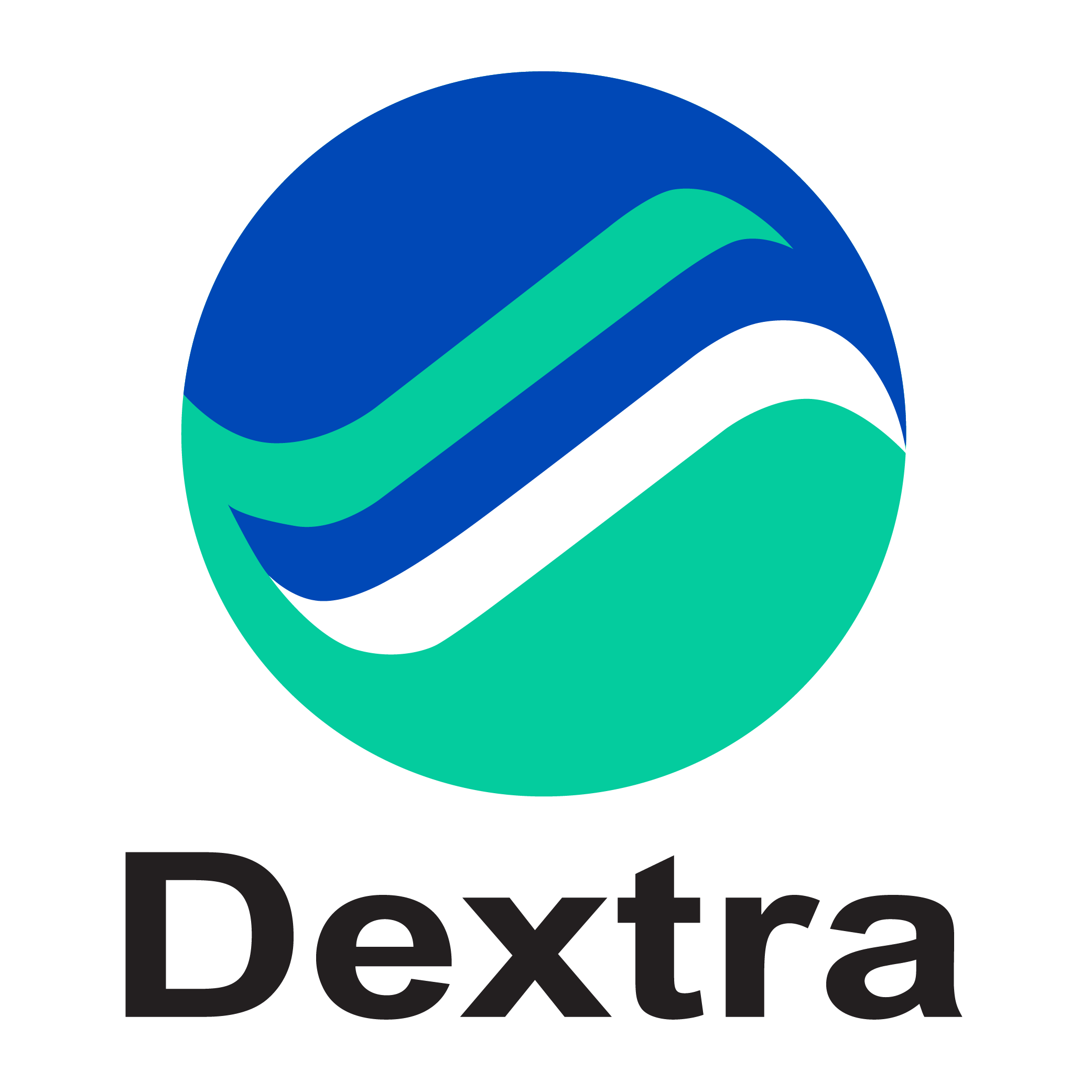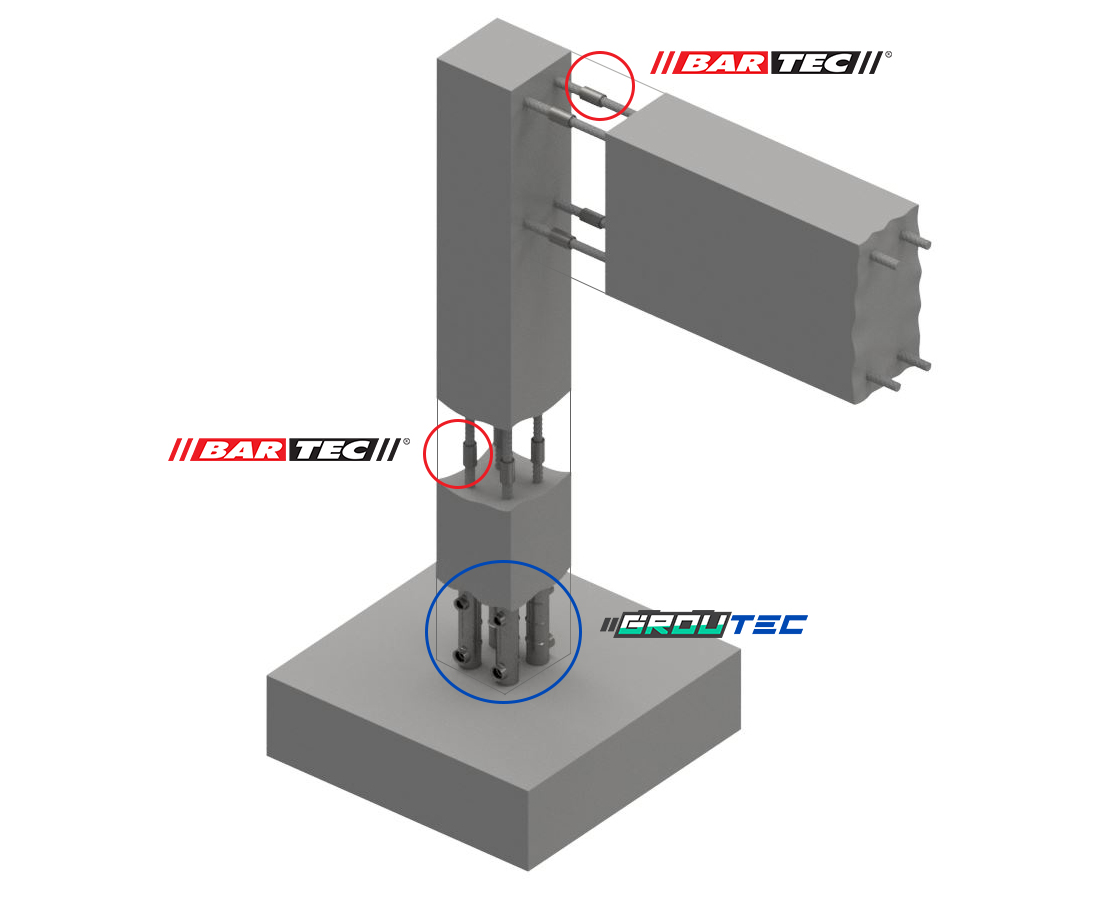カクラパール原子力発電所 3&4
カクラパール原子力発電所は、インドのグジャラート州のスーラト川とタピ川の近くに位置する原子力発電所です。
3号機と4号機は、グジャラート州カクラパールに位置するインド初の国産設計の700MWユニットサイズの加圧重水炉(PHWR)のペアであり、220MWのPHWRの2基がすでに運転されている。
The first concrete pour for Kakrapar 3 and 4 took place in November 2010 and March 2011 respectively, after Atomic Energy Regulatory Board (AERB) approval.
Since then, Dextra had supplied 540,000 バーテック rebar couplers, to connect slabs and columns of reactor and control buildings.
Moreover, ユニテック bolted couplers were installed to connect rebars without the need of any thread preparation.
Finally, headed bars were mounted onto the reinforcement bar end, drastically reducing rebar congestion.
The commercial operation of Unit-3 is expected to be in March 2021 while its twin unit, Unit-4, is anticipated to start a year later.
画像の出典: https://en.wikipedia.org/wiki/Kakrapar_Atomic_Power_Station、https://www.nucnet.org/news/kakrapar-3-indigenous-phwr-achieves-first-criticality-7-3-2020、 https://www.asiavillenews.com/article/a-look-at-the-kakrapar-3-reactor-54367
















